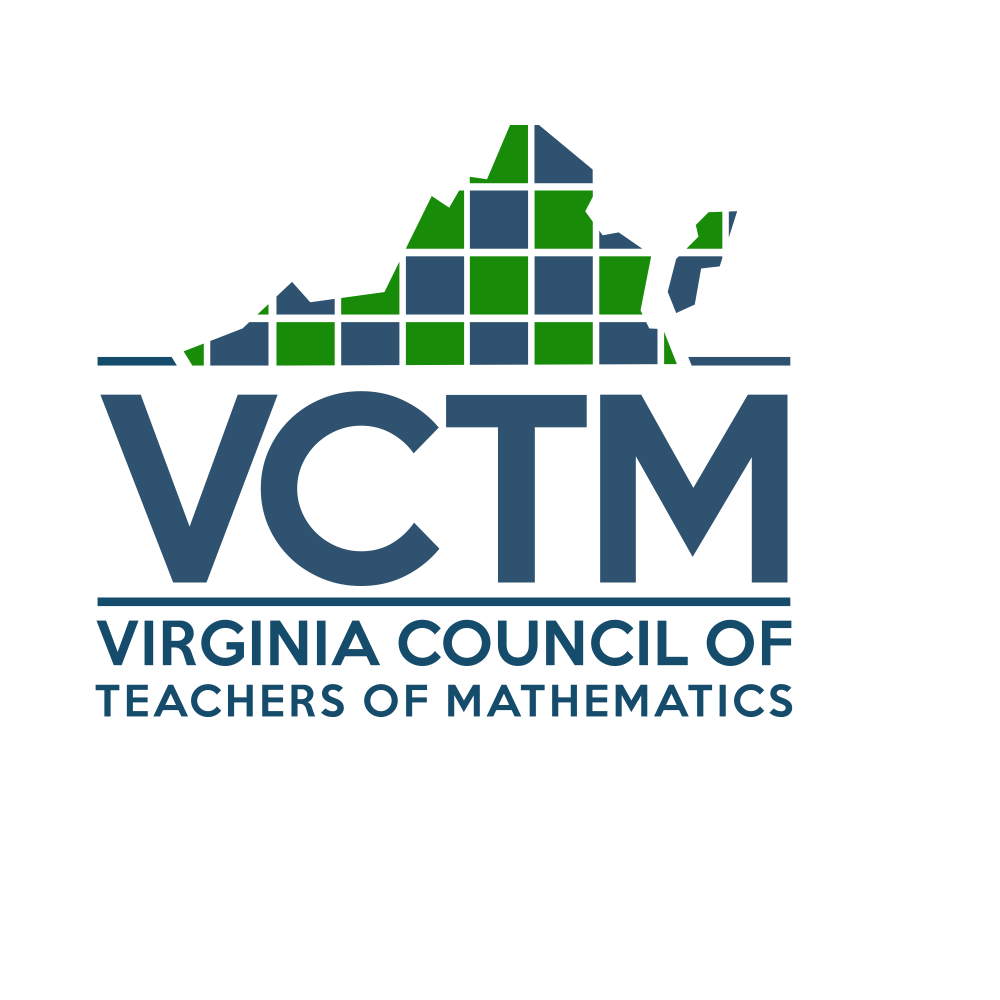- Home
- Journal
- Conference Proceedings
- 2018 Annual Conference Proceedings
- Classcraft: Warriors and Healers and Mages, Oh My!
CLASSCRAFT: WARRIORS AND HEALERS AND MAGES, OH MY!
Jared Lamb
Rockingham County Public Schools
OVERVIEW OF THE “GAME”
For those familiar with Classroom Dojo, Classcraft is a more mature version. At its core, Classcraft is a free classroom management system. It has a video game/Role Playing Game (RPG) interface that allows students to choose between one of three different social classes: warriors, healers, and mages. Each class has a unique skill set.
In the game, students will earn experience points or lose hit points. When students make good choices, they earn experience points. When they make poor choices, they lose hit points. When they earn enough experience points, they level up. If they make too many poor choices, they “fall into battle.” Higher levels have more advanced skills that equate to more powers, which are privileges that can be used in the class. This aspect of the “game” provides positive reinforcement that takes the place of token economies that exist in so many classrooms. The better a student performs, academically or behaviorally, the more powers they will earn or unlock. On the contrary, Classcraft has a mechanism for addressing poor academics or misbehaviors in class. All players have hit points when they make a bad choice that result in a penalty. There are several more nuances to the game but this description addresses the major components.
THE SEMINAR
In the session, I had everyone click on the link to Classcraft: www.classcraft.com. The game begins by having participants create characters that are grouped into teams. In my classroom, the teams are my table groups, which can be changed at any time. Next, I took everyone through a mock lesson. I asked the participants of my seminar questions and awarded experience points for correct answers. For the participants who talked out, I removed hit points. During the mock lesson, adequate experience points were awarded so participants could advance one level, or level up. This allowed the participants to choose new powers, that is, advance skills. I also removed enough hit points so some participants were forced into a battle. The biggest surprise I had when first using Classcraft in my classroom was how quickly and efficiently the students discovered the math associated with the game. For example, they noticed the amount of additional points required to level up. They also discovered the number of action points required when using a power and the number of times they can use a power before they run out of action points. They also learned how to work together to advance everyone on their team.
In this paragraph, an example of a team is presented to show how a team may work together. There are three students on a team: Billy, Bob, and Thornton. Billy is a Warrior who has many hit points and few action points. Bob is a Healer who is at mid-level for both categories. Thornton is a Mage with many action points but few hit points. During class, Thornton has difficulty staying quiet. The Game-master (teacher) takes away 10 hit points. Thornton only has 10 hit points and would fall in battle from this. He pleads with the Game-master to give him another chance. The Game-master declines. In response, Billy, the Warrior, uses his power called “Protect.” The Warrior takes half of the hit, 5 hit points removed, so that Thornton does not receive enough hit points that would force him into a battle (falling into battle), which is strongly avoided by the participants. After school that day, Bob gets on the Classcraft site and uses his power of healing to give back some hit points to each of his team mates. In response, Thornton uses his mage powers to give some action points to Billy and Bob. The Classcraft game encourages students to work together to maximize each other’s potential, which is very rewarding to witness as a teacher. Students understand that we are all in this together and together we can accomplish great things.
Next in the seminar, we switched from the player perspective to the Game-master (teacher) perspective or mode. Participants were given the next half hour to set up their own classrooms. There are two ways to do this: type in students names’ manually or connect to Google Classroom and import your classroom rosters. Once entered, students are placed on teams, which can be done by table groups, reading groups, or any method of grouping you wish to use.
Now that the classes are set up, the customization of the game begins. Teachers will have to make several decisions. The most important of which is what powers students can earn and what infractions will result in a hit point deduction. There are defaults already set up in Classcraft that are universal, but each teacher will want to customize the game based on his or her personal preferences. At the end of the seminar, participants experienced first-hand the power of Classcraft and had their classrooms set up to use the game the next day in their classes.
FINAL THOUGHTS
Classcraft has been extremely helpful in my 5th grade classroom since it borrows themes from J.R.R. Tolkien and Harry Potter. Fantasy books are the most popular among my students. As a result, the students’ connection to Classcraft is almost immediate. This may not be for everyone, but my experience has been positive. Go gamify your classroom.
References
All-in-One Education Gamification Platform. (n.d.). Retrieved January 26, 2018, from http://www.classcraft.com/

